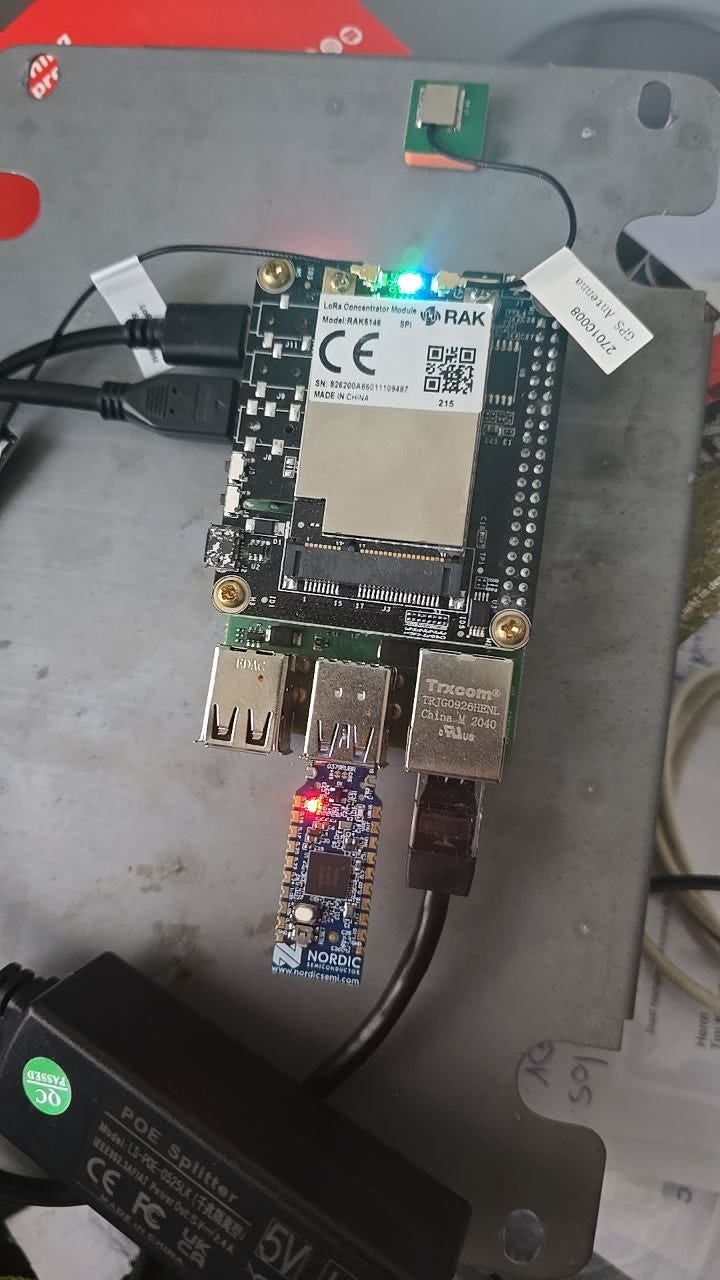Chirp Launches DIY Raspberry Pi IoT Gateway for Home Automation

Chirp is revolutionizing the Internet of Things (IoT) by making it more accessible and encouraging DIY enthusiasts to explore their creativity. The company has introduced a DIY Raspberry Pi IoT gateway that allows users to automate various aspects of their lives, from home to farm. This initiative aligns with Chirp’s decentralized ethos, aiming to break down the barriers between different IoT devices that typically do not communicate due to proprietary systems. With this gateway, users can engage in projects like smart chicken coops, mail delivery notifications, and hydroponics farming, all while learning and saving costs.
The DIY IoT gateway is built using a Raspberry Pi 4, a RAK5146 LoRaWAN concentrator module, and a RAK2287 Pi HAT, among other components. Currently, this setup supports only LoRaWAN devices, but Chirp is actively working on expanding its capabilities to include Zigbee, BLE, and Thread devices through the integration of the nRF52840 USB dongle. This expansion will enhance the versatility of the home automation system, allowing users to connect a wider range of smart devices and create a more interconnected IoT ecosystem.
Chirp encourages community involvement in this project, inviting users to contribute their ideas, improvements, and even custom software solutions. The company has provided comprehensive instructions for assembling the gateway and is eager to see how the community can further develop this initiative. As Chirp continues to innovate and expand its offerings, the potential for automation and smart technology integration grows, making IoT more fun and accessible for everyone. Whether you are a seasoned coder or a curious beginner, there is a place for you in the Chirp community to share and collaborate on exciting IoT projects.
Related News





